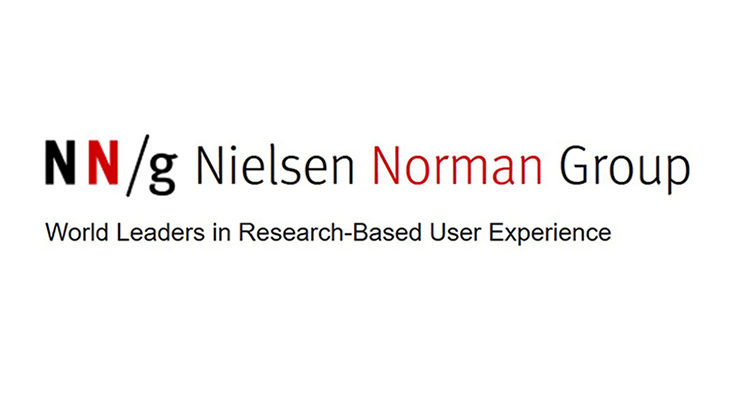“Summary: Sites must meet users’ basic trust needs before they demand that visitors enter information or engage with them. The trust pyramid has 5 distinct levels of user commitment, each with separate design requirements before users will give a website what it wants from them.”
“Hierarchy of Trust: The 5 Experiential Levels of Commitment”
Nielsen Norman Group, March 6, 2016
Persuasive Design, Credibility, Trust & User eXperience
By Kate Sherwin
In creating transactional web experiences, designers are under constant pressure to reduce friction to conversion, drive people to the next step in the funnel, and collect user information as early as possible.
But demands must meet users’ trust needs. It’s too easy to forget the user’s perspective. A useful exercise is to imagine yourself asking a stranger on the street for increasingly big favors. What steps would you need to go through to overcome initial skepticism and build trust before you demand contact information or money? Skip those steps and the person would walk away — or, on the web, leave the site and try somewhere else.
The Trust Pyramid
Back in the 1940s, Abraham Maslow proposed his famous hierarchy of needs. He asserted that individuals must have basic needs such as food and safety covered before they will move on to desire higher needs like love, esteem, or self-actualization.
Much like Maslow’s pyramid of needs, we can define a pyramid of trust. In relationships (whether between two people or between a site and a user), individuals must have basic trust needs met before being able to progress to more substantial interactions.
Establishing trust, whether with a stranger or with a website, is gradual: as the relationship progresses, skepticism is overcome, the comfort level increases, and new demands can be made. The relationship evolves through different stages of commitment, each built on top of the previous ones. Higher levels of commitment cannot be attained before the lower ones.
Site–user relationships progress through the following 5 levels of commitment, starting from the bottom, where each higher level requires all lower levels to be satisfied.
To stretch the pyramid metaphor, new visitors to your site start out standing in the sand (labeled “no trust established yet” in the chart) and that’s where they’ll remain unless you induce them to climb.
At each level of commitment, people have different needs. Once these needs are met in a satisfactory way, users will be more likely to trust your site, honor your demands, and progress to the next level.
These needs aren’t always explicitly articulated; most users aren’t even aware of their doubts at each stage. (This is why you can’t research these issues by simply asking for user feedback. You have to observe actual behavior.) In the beginning, skepticism is strong by default. While this skepticism can sometimes be overcome with the help of external factors such as word-of-mouth recommendations or reviews, the site itself must also work to gain users’ trust by smoothly fulfilling users’ needs at all levels of commitment.
 Site–user relationships progress through the 5 experiential levels of commitment.
Site–user relationships progress through the 5 experiential levels of commitment.
Want the latest in your Inbox from the Nielsen Norman Group? Sign up for their weekly newsletter. Always short insightful and useful. (No they didn’t pay me to say that nor include this link. It’s simply that I find it very useful and informative and want to share it at-large.)
Alertbox E-Mail Newsletter – “The latest articles about interface usability, website design, and UX research from the Nielsen Norman Group. You will receive one brief email every week containing summaries of our latest articles and information about upcoming events and research.“





